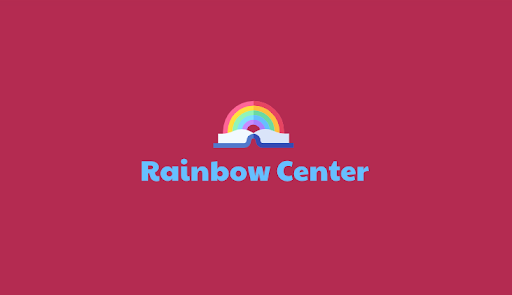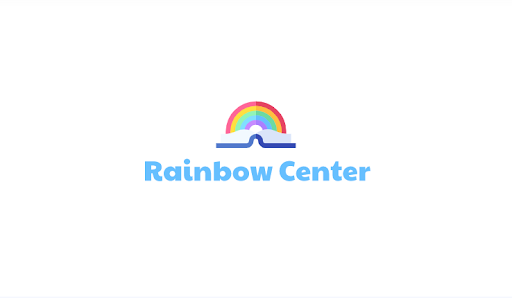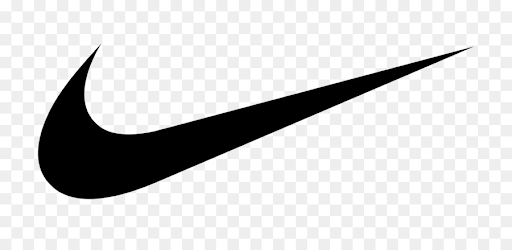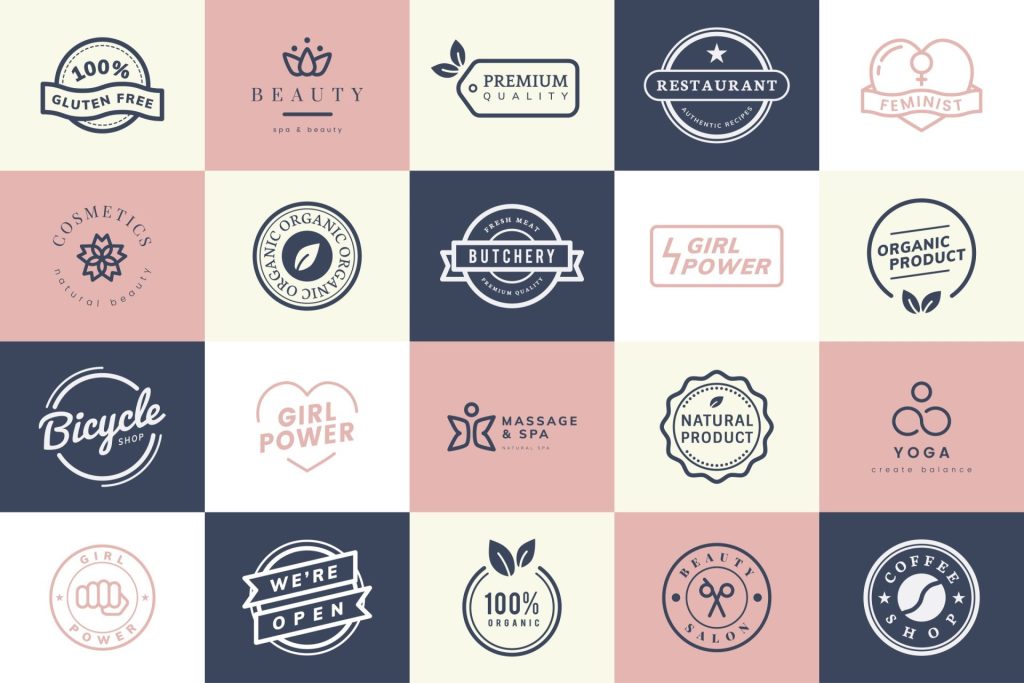The wide world of logos has many different options and varieties. People are constantly trying to come up with something better than everyone else so that their logo will stand out the most.
One way that you can help make your logo shine is by utilizing your background. A lot of people don’t think about their background when they create their logo but this element can be very powerful for the design if it is done well.
There are many benefits to picking out a good background for your logo and there are many options to choose from. Not every option will work well with every logo, so you will need to put on your design hat when making these decisions.
Pick a Background that Provides Contrast

Example 1: Good Contrast

Example 2: Bad Contrast
It is important that your background provides contrast to your logo design. Contrast can help draw attention to your design so that your logo gets noticed first. Having good contrast also makes your logo more visually appealing.
There are nearly endless color options available to help contrast your logo from white to black to different colors and gradients of colors. When it comes to choosing your background though, you have more options than just colors.
Some logo makers choose to utilize a pattern in the background of their logo. This unique style can help provide a lot more contrast to your design.
It can be hard to create a contrasting background because you might find that you want to do something that is closer or more similar to the design. However, having a background in a color that is almost identical to the design can cause a lot of problems.
If your background is too similar to your logo, your logo will become washed out or hard to see and read. It is very important that your background provides contrast to your design in order for it to be as effective as possible.
Pick a Background that Has a Good Color Combination

Example 1: Good Combination

Example 2: Bad Combination
Walking hand in hand with contrast is a good color combination. In order to get the most out of your background, you’ll want it to provide a good color contrast to your logo.
The most popular types of backgrounds are colors rather than patterns. It is very important that you consider your logo color and what background color will work best with it.
If your logo is black, then having a white or colored background would be good. If you choose a color, you need to make sure that it isn’t too dark, or else it will start to blend into the black background.
The opposite goes for white. Utilizing a black background or colored one is good but you need to make sure that your color is dark enough to provide some contrast.
If your logo is made out of a color or two, you will need to make sure that your background color works well with that one. There will be multiple options that work so you might need some feedback from other people to see what works best.
The easiest way to make sure that two colors work well together is to make sure that they are on opposite sides of the color wheel from each other. This means that they are complementary colors.
Pick a Background that has Print Versatility
One important thing to keep in mind when choosing your background is how it will affect your print versatility. You’ll want to print your logo on something, whether that is business cards, shirts, pens, or something else.
A logo with a white background will not print on paper as well as it will print on a colored shirt. In cases like this, it might be best to not include your background if it will blend into the surface of the item.
A way to get around this is to change the color of what you are printing on. For example, if you want to keep your white background and print on a business card, you could look into black paper for the business card. Your white background would create a wonderful contrast that would help your logo pop.
The other way to make sure that your logo works well with many different items is to utilize a transparent background. This means that there is nothing behind your logo so that it can adapt to most backgrounds that it is printed onto.
You will also need to keep in mind your printer’s capabilities. Most printers prefer to only print a certain amount of colors. You will need to make sure that your logo and background do not exceed this.
If you have questions about the printing process or what will print best on what, it is best to discuss them with your printer as every company will differ slightly.
Pick a Background that Supports Web Use
Once you have your logo, you will not only want to print it out but you will want to use it on the web. Thankfully the internet is a little more straightforward when it comes to the circumstances of how your logo will be displayed.
Website pages are almost always white with rare exceptions. Transparent logos will work well if you are importing your logo onto a website page but typically having a solid background works well.
It is important to take note of the website’s size and shape restrictions when you are posting your logo.
Depending on if you are on a specific social media page or something else, there will be restrictions on your logo. Some sites might require that your logo fits within a circle shape while others might want it in a rectangle or square.
You will have the most freedom on your own website page as you can determine how your logo is displayed as well as the background of the site.
Choosing Your Logo Background
Now that you know what is expected of your logo, you can get started making your own logo design featuring a background.
It is important to note that you can have multiple copies of your logo with multiple background options. You’ll probably want to not do too many, but different backgrounds will have different benefits.
It is very common to have a copy of your logo with its black, white, or colored background and then another copy of your logo that has a transparent background. This allows you to be more versatile with where you can put your logo.
Let’s review your logo background options.
White

White is a very common and classic logo background choice. As long as your logo is full of bold and dark choices, then having a white background can provide great contrast.
Having a white background also means that your design will look good when printed on white items if you have a transparent copy of it. Using your white background version will not look so good directly against other white items.
The color white works so well and with so many other colors because it represents the brightest form of color. White represents purity, cleanliness, freshness, simplicity, and so much more.
It is a very traditional background to choose and a lot of popular brands pick this color to have as their background. Some of these brands include Netflix, Nike, and more.
Black

Black is a very powerful color that represents mystery, strength, sophistication, and authority. Because black is strong, it is normally used as the logo color rather than the background color simply because a background of black is a lot to contend with.
Loreal and Cartoon Network represent companies that have had logos created with black backgrounds. They typically have used white in their logos to create that nice contrast in their design.
A benefit of using black as your background is that it is a color that is approved by all printers so you should have no problem getting it placed on nearly all items. Black backgorunds should also look nice on web pages.
The main thing to be cautious of is if you take your logo off your black background and give it a transparent copy, your logo might not show up well on lighter backgrounds due to it being designed to go against black.
Color

Other than white and black, there are many other color options that you can use as your background. Always make sure that your color compliments the rest of your design and helps create a nice contrast.
While popular brands love to use colors in their logo, they are a little shyer when it comes to committing to a background of color.
Some popular brands that have red backgrounds are Lego, CNN, and The North Face. General Motors, American Express, and Facebook represent popular logos with blue backgrounds.
Just like with black and white, all colors have psychological meanings that can be implemented into your logo. Using a color that represents your company well is really smart and can have a very positive impact on your brand.
Red: Red is a color of passion, courage, action, and confidence. It is the brightest color that is easy to notice, helping to call attention to itself. It is a color that calls the viewer to action just as fire or red-colored poisonous animals do.
Blue: Blue is an honest color that also represents trust, peace, loyalty, and reliability. It is the calm that you can put your faith in like the sky or a body of water.
Green: Green is a growth color that represents hope, health, encouragement, and relaxation. This color is tied to the Earth with its’s connection to plant life.
Orange: Orange is a creative, opptomisic, uplifting, and spontaneous color. It is the color of heat, plant life, fall, sunrises, and sunsets.
Yellow: Yellow is a color that represents inspiration, positivity, creativity, and happiness. It is a very bright color with ties to the sun and light.
Purple: Purple is the color of royalty. It represents spirituality, wisdom, compassion, and imagintion. One of the more difficult colors for humans to recreate, it is tied to plant life.
Gray: Gray is a color that represents neutrality, maturity, calm, and compromise. It is the in-between color of white and black. It can be found mostly in rocks and animal furs.
Transparent

Having a transparent background for your logo is a popular design because it makes the logo more versatile overall. The transparentness of the background is represented with a gray checkered background that will disappear when you put the logo to use.
While this option helps your logo to be more versatile, you need to make sure that parts of your logo won’t disappear depending on what you are putting your logo on. Because there is no background to protect the design, you will need to make sure that your design will hold up on its own we well as possible.
Pattern

Having a patterned background is not a very popular option because it can be tricky to do. However, the results can be stunning.
There are many different options for patterned backgrounds. The main thing you will want to make sure of is that it works well with the design of your logo and provides a nice contrast.
Because patterns are more complex, your logo will need to be simpler so that the design doesn’t become overwhelming with too many things to look at.
Making Your Logo
Now that you have decided what kind of background you are interested in using, you can create your own logo with our logo creator.
LogoCreator.io is a free web-based application that allows you to have your very own logo in just a few simple steps. There are no hidden fees or extra steps that you have to follow.
With numerous icon choices and an easy-to-use design platform, you don’t have to dread the process of making one of the most important elements of your branding.
Check out our background options for your next logo today.
Angela Irwin is a branding and design enthusiast with a Bachelor of Fine Arts in Graphic Design from Meadowbrook College. As a writer at Logocreator.io, she shares her expertise on logo design, graphic trends, and effective branding strategies, helping businesses create impactful visual identities.



